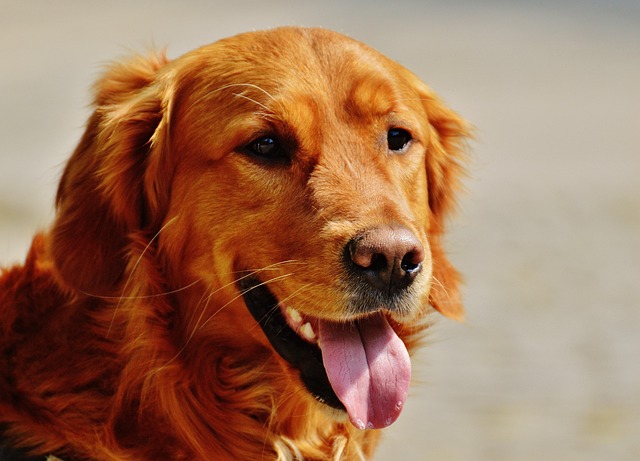
How can I tell if my dog's heatstroke is serious
Let’s be real: It’s a sticky August morning in Los Angeles, and you took your 2-year-old Golden Retriever, Max, for a walk a little later than usual
Many new dog owners notice clumps of fur on couches and carpets shortly after bringing home a fluffy ball of energy. It’s easy to assume puppies must shed more than their grown-up counterparts, but the truth is more nuanced. Puppies do lose hair, but it’s often a different kind of shedding tied to their development rather than the seasonal cycles adult dogs follow.
A puppy’s first coat is softer and thinner, designed to protect them during their early weeks. Around 4 to 6 months old, this baby fur starts to fall out as their adult coat comes in. This transition can look like heavy shedding, but it’s a one-time event for most breeds. Breeds like Golden Retrievers or German Shepherds might make this shift more noticeable, leaving tufts in their favorite napping spots.
Adult dogs, on the other hand, shed to regulate their body temperature with the changing seasons. In spring, they lose thick winter coats to stay cool, and in fall, they grow them back. This seasonal shedding is usually more consistent and predictable than a puppy’s coat transition. Breeds with double coats, such as Huskies, often shed so heavily during these periods that owners joke about collecting enough fur to make another dog.
 Diet plays a role too. Puppies need nutrient-rich food to support their growing coats, just like adults need balanced meals to maintain healthy fur. A lack of omega-3 fatty acids or protein can lead to excessive shedding in both age groups, making proper nutrition a key part of managing loose hair.
Diet plays a role too. Puppies need nutrient-rich food to support their growing coats, just like adults need balanced meals to maintain healthy fur. A lack of omega-3 fatty acids or protein can lead to excessive shedding in both age groups, making proper nutrition a key part of managing loose hair.
It’s important to remember local regulations when dealing with pet hair. Some rental properties in Europe and North America have strict rules about pet ownership, including clauses about excessive shedding and the need for regular grooming. Keeping up with brushing—two to three times a week for most breeds—can reduce loose fur and keep your home compliant with such policies.
Grooming habits also matter. Puppies can get used to brushes and baths early, making adult grooming easier. For breeds prone to matting, like Poodles or Shih Tzus, regular trims aren’t just about appearance—they prevent painful tangles that can lead to skin issues, which might require vet visits and violate some pet health regulations in certain regions.
So, do puppies shed more than adults? Not exactly. They go through a significant coat change that feels like heavy shedding, but adults have more regular, seasonal loss. Understanding the difference helps owners prepare: stock up on lint rollers during your puppy’s transition, and adjust grooming routines as seasons change for adult dogs.
Either way, a little extra vacuuming is a small price to pay for the joy of a wagging tail. Just make sure you’re meeting local requirements—happy, healthy, and compliant pets make the best companions.

Let’s be real: It’s a sticky August morning in Los Angeles, and you took your 2-year-old Golden Retriever, Max, for a walk a little later than usual

You're enjoying a summer afternoon at the park when you notice your dog has stopped panting and appears disoriented - their gums are bright red

Let’s paint the picture: You’re in your Denver apartment, watching your 4-year-old Boston Terrier, Ruby, plop down mid-play session with her favorite toy

Many dog owners notice their pets nails seem shorter after regular walks,but how much does this daily activity actually help?The answer depends on where you walk—concrete sidewalks or asphalt streets gently file nails as a dog's paws hit the ground

Most dog owners notice their pup scooting across the carpet at some point, but few connect it to impacted anal glands. These small sacs near a dog’s rectum secrete a scent for marking territory

Most vets agree that regular dog teeth cleaning is key to avoiding painful dental issues later. For healthy adult dogs, a professional cleaning at the vet’s office every 12 to 18 months usually works well.